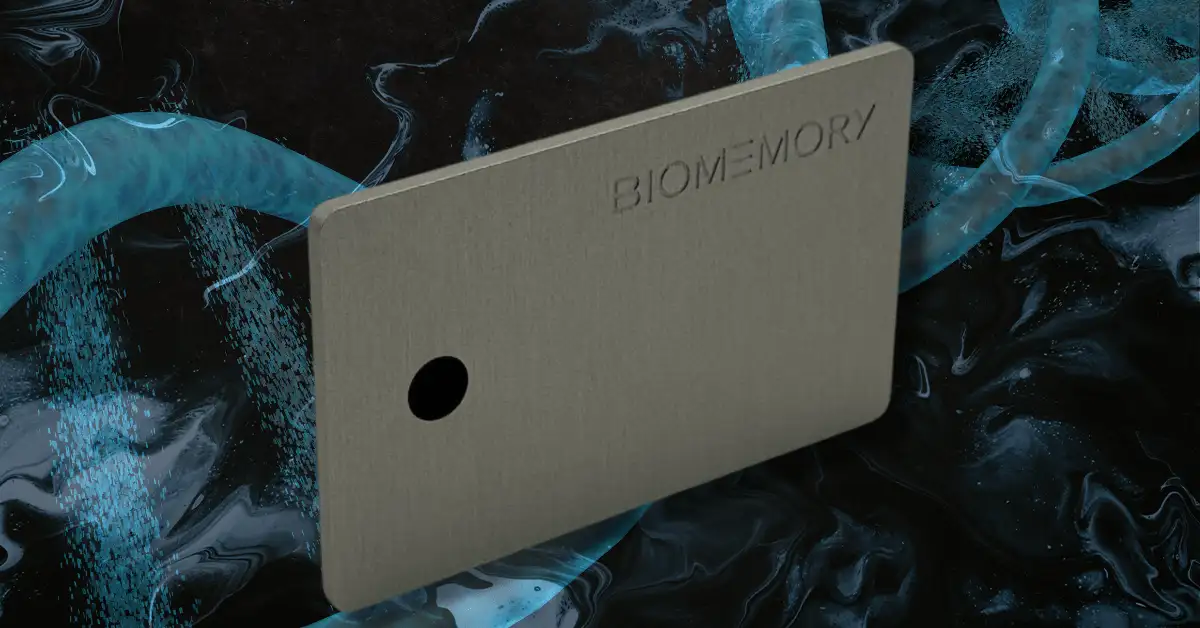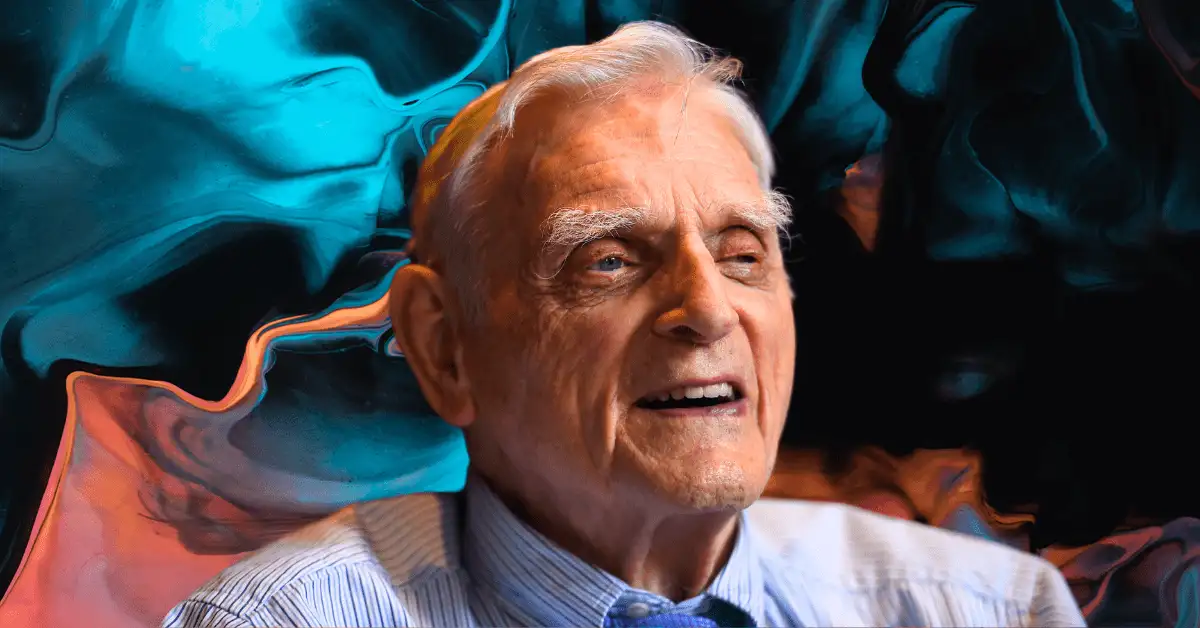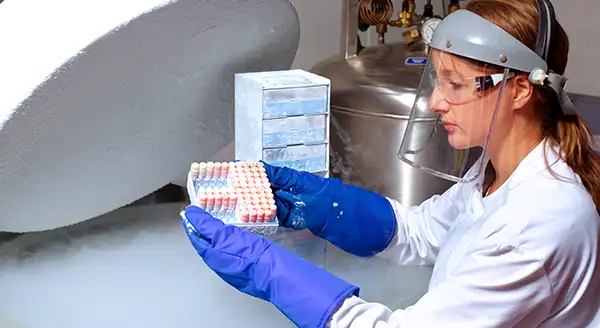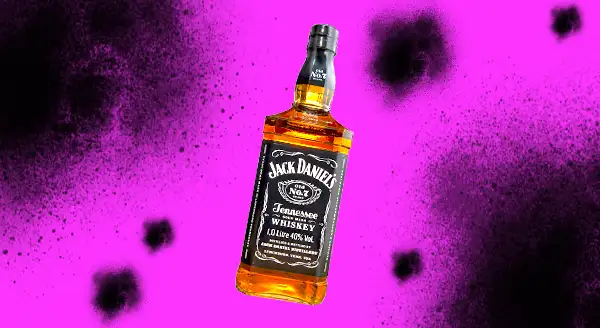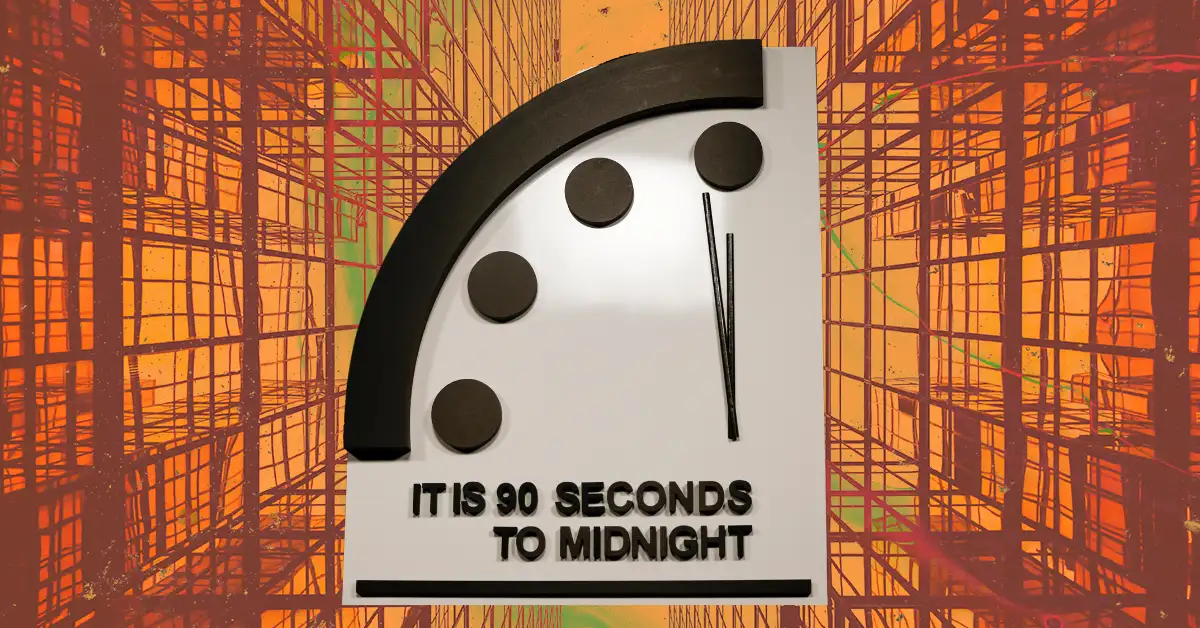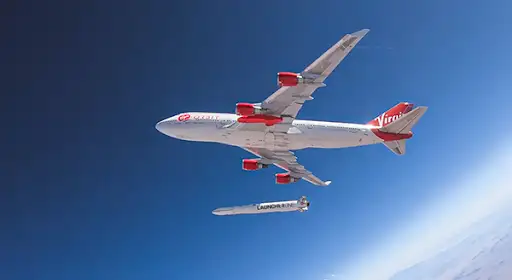Watching paint gets a bad rap, but everything about this new paint is cool — in more ways than one.
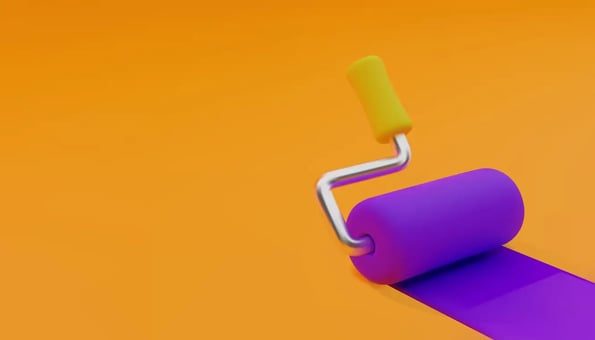
A team at University of Central Florida has developed a potentially game-changing coating based on “structural” color, per Wired.
- That is, the use of light diffraction — think peacock feathers and butterfly wings — rather than pigments, the current standard in paint.
The result: a durable, ultralight, non-heat-trapping colorant bringing huge climate-friendly possibilities.
If production can scale, usage may go sky-high
We’re in early days — the plasmonic paint is still expensive to produce and restricted to academia for now — but the applications are tantalizing if it reaches mass production.
The UCF team’s research lead, Debashis Chanda, identified airlines as an ideal partner. Currently, Boeing 747s require ~500 kg of paint; Chanda estimates ~1.3 kg of the new aluminum-based substance could get the job done, producing a fuel-saving ~1k-lb weight reduction.
By reflecting rather than absorbing infrared radiation, structural paint could also keep buildings and cars cooler: Experiments show surface temps ~20-30 degrees Fahrenheit lower compared to traditional pigment-based paints.
- That kind of temperature differential could reduce reliance on energy-consuming HVAC systems and slash increasing utility costs.
There’s no one magic answer to living cooler
Material innovations like structural paint are just one piece of a much larger puzzle. Efforts to weather increasing temperatures include:
- China turning Zhuhai into a “sponge city,” converting roads into cooler, permeable surfaces that can absorb and store water
- Los Angeles experimenting with cool roofs, pavement coating, and more shade trees on its streets
- Startup BioShade fighting urban heat islands with vertical hydroponic shade structures
One last thing: If UCF needs to test body paint soon, our summers are wide open.

